Inside The Industry: Busts Of Counterfeit Parts Rings Are Part Of A Much Bigger Sham

The story about fake taxi parts did not surprise me at all. “Police busts fake parts scam” is a fixed part of the standard repertoire of the auto industry theater troupe. That play is longer running than Les Miserables, it definitely made more money than the Phantom of the Opera. The play is a clever sham to separate you from your money, and I helped write the script.
As long as I was in the vehicular propaganda business, each year, we ran a series of ads that warned against evil fake parts. Each year, at around the same time the ads ran, there was a series of high-profile busts of “Product Pirates” that reverberated through all spheres of the media.
One of my favorites was an ad headlined “Of the bolt that ate the engine,” a harrowing tale of a steel bolt that munched, by way of corrosion, the aluminum block of a high-powered Volkswagen engine. Of course, the voracious fastener and villain of the epic was not an Original Volkswagen Part®, but a heinous imitation. The ad won a prize, and the praise of the client.
Taxi part bust
The idea of the ad was not to teach the public the difference between a common steel bolt and the hot dipped glossy galvanized (or “sauer glanzverzinkt”, the tale was in German) kind. The idea was to sow fear, uncertainty and doubt, and to trick the customer into paying $20 for a bolt that costs less than a penny ex works in Suzhou, China, minimum order quantity 300,000. Actually, the ad did not try to sell bolts. Its objective was to convince the customer that if it doesn’t say Volkswagen on the package, the work of the devil will lurk in the box.
Taxi part bust in Paterson, NJ
Forget the police investigating these matters. When the police makes “arrests based on a tip-off,” then the tipsters are usually always paid by the automakers. Automakers hire full-time detectives to track down imitations. You cannot imagine our joy when the detectives found brake pads made from chicken shit. That was in the 70s, and we played it up bigtime. If you Google Bremsklotz (brake pad) and “Hühnerdreck” (chicken shit), you still get thousands of hits, forty years later. Volkswagen part good, non Volkswagen part chickenshit, the ads of nearly half a century ago are still paying off.
Each year at the Automechanika Frankfurt. Picture Jens Rehberg, Kfz-Betrieb
The Automechanika in Frankfurt, alternating every two years with the Frankfurt Auto Show, is the world’s largest trade show for the automotive aftermarket. A fixed part of the show is the ritual busting of product pirates. At each Automechanika, platoons of armed customs agents hit the booths of mostly Chinese companies, in search of the sham parts. Each year, it makes big headlines, but it is all part of the grand spectacle. If you get caught, you pay €500 ($660), and that’s usually it.
Keep cash handy to pay the cops. Picture Jens Rehberg, Kfz-Betrieb
The caught Chinese happily pay the money, snap a few pictures of the police action, and claim at home they were shaken down for €5,000 and had to pay in cash to avoid arrest. The story is all too believable back home in Laizhou, Shandong province, and the difference will be invested into visiting the famous fine Frankfurt all nude sex clubs. Next year, at the 2014 Automechanika, the show will repeat again.
Paying detectives, ad agencies, and the media for the story usually costs much more than the few parts that are kept off the market. Then why all the drama? Parts are huge business.
An automaker is happy as punch if he can report an operating margin of 10 percent on his cars. The guys in parts think this is hilarious. Their operating margin is not a percentage, it’s a factor. Charging 10 times the production price is considered aggressive rock bottom pricing. A factor of several hundred is common. Our hero, the hot dipped glossy galvanized bolt, was marked up 2,000 times between China and customer. If the drug cartels ever find out, they drop their guns and start making auto parts.
Until next year. Picture Jens Rehberg, Kfz-Betrieb
The real targets of the annual propaganda campaign are not the dumb schmucks who print a Ford, GM, or Volkswagen logo on a parts package. The true enemies are called NAPA, Pep Boys, Autozone et al, commonly known as “the aftermarket.” The objective of the war is to tar and feather them with the same brush, to disturb and to degrade their business (market size approximately $300 billion annually, bigger that the car market) and to shift market share to the OE parts and hence to the bottom line of the automakers.
That, however, is not how the story is told. The “counterfeit parts” in the taxi story were real parts. The only thing that was fake was the logo on the pack of “knockoff parts.” They were fake packages, not fake parts. As the reports said, the parts “ were packaged to look like they were made by Ford and other manufacturers.” One report even mentioned that “the falsely branded products did not pose a safety risk to the public because though they may not have met the standards of the original manufacturer, they were still working products.” This however gets lost in the noise. The intended takeaway of these stories is: OE parts good, non OE parts very, very, very bad.
One report quoted officials as saying that “by mislabeling parts, suspects could sell them without going through stringent federal inspection for aftermarket auto equipment.” This claim is at least as bogus as the label on the taxi parts found in the warehouses in Queens and New Jersey. There is no such thing as a stringent federal inspection for aftermarket auto equipment, at least not in America. Sure, there are some very basic performance requirements, but the American system relies on what is called “self certification” where one declares that everything is A-O.K., and nobody checks or inspects until tires disintegrate, hoses burst, brake pads crumble, and people die. We will get into that in another installment of Inside the Industry.

Bertel Schmitt comes back to journalism after taking a 35 year break in advertising and marketing. He ran and owned advertising agencies in Duesseldorf, Germany, and New York City. Volkswagen A.G. was Bertel's most important corporate account. Schmitt's advertising and marketing career touched many corners of the industry with a special focus on automotive products and services. Since 2004, he lives in Japan and China with his wife <a href="http://www.tomokoandbertel.com"> Tomoko </a>. Bertel Schmitt is a founding board member of the <a href="http://www.offshoresuperseries.com"> Offshore Super Series </a>, an American offshore powerboat racing organization. He is co-owner of the racing team Typhoon.
More by Bertel Schmitt
Latest Car Reviews
Read moreLatest Product Reviews
Read moreRecent Comments
- Fahrvergnugen The only GP we watch - and attend - is SailGP. Feeds a slightly different bunch of adrenaline junkies, though there must be some overlap.
- SCE to AUX Fisker filed for reorganization in Austria - the end is near.https://insideevs.com/news/718875/fisker-reorganization-austria/
- Bd2 I'll watch F1 when Kia and/or Hyundai pony (pun intended) up the cash to field a class leading team. Hyundai is leading many series with the Elantra N with it's incredible 350HP Smartstream-N engine.
- MaintenanceCosts More or less an admission that the radar-only cars will never do anything that could reasonably be marketed as "Full Self-Driving."
- Bd2 The coolest true SUV on the market. Change my mind.





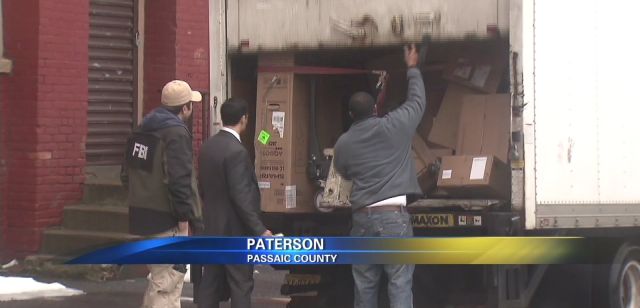


















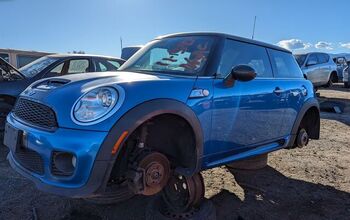
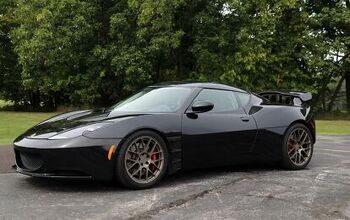




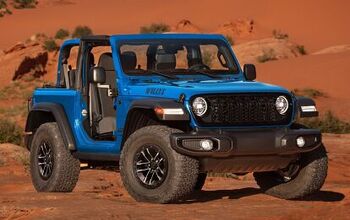

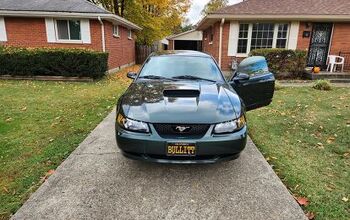
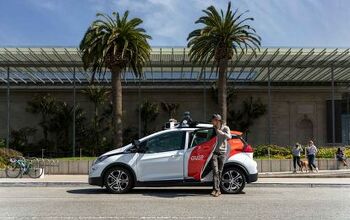

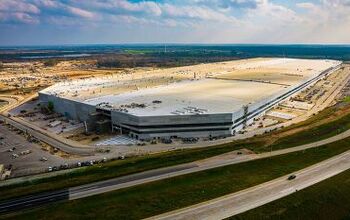

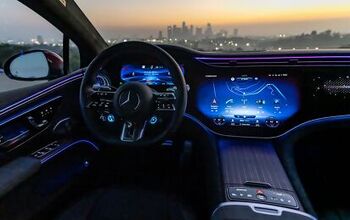
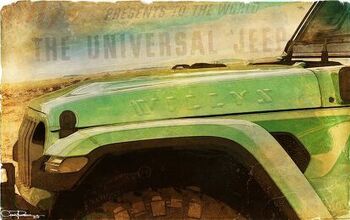
Comments
Join the conversation
Crazy Henry said that he would give the Model T away for free if he could have a monopoly on replacement parts. Phat parts profits are nothing new. As for generic parts, I've had mostly good luck. Years ago it was more a hit or miss deal, today most of the "generic" stuff is made in the same factories, using the same materials, as the OE parts. Don't be a sucker.
While I agree that parts markups are obscene, there is a difference between parts made for assembly into vehicles and those intended for repairs and that is the time between manufacture and sale. Parts demand for repair and replacement tends to be highly variable and that results in lots of money tied up in on-the-shelf inventory. That costs money. There's also the issue that it's an imprecise science to match parts production numbers with ultimate demand which often results in a certain percentage of those parts being unsold. Back in the 1970s I worked for a shop that repaired Dual turntables. One day, I decided to see how much it would cost to build a model 1225 from parts and I stopped when I got to over $700 (new, a 1225 could be had for about $85) with many parts to go. There was also a famous insurance company ad that did the same thing with a Plymouth Satellite.